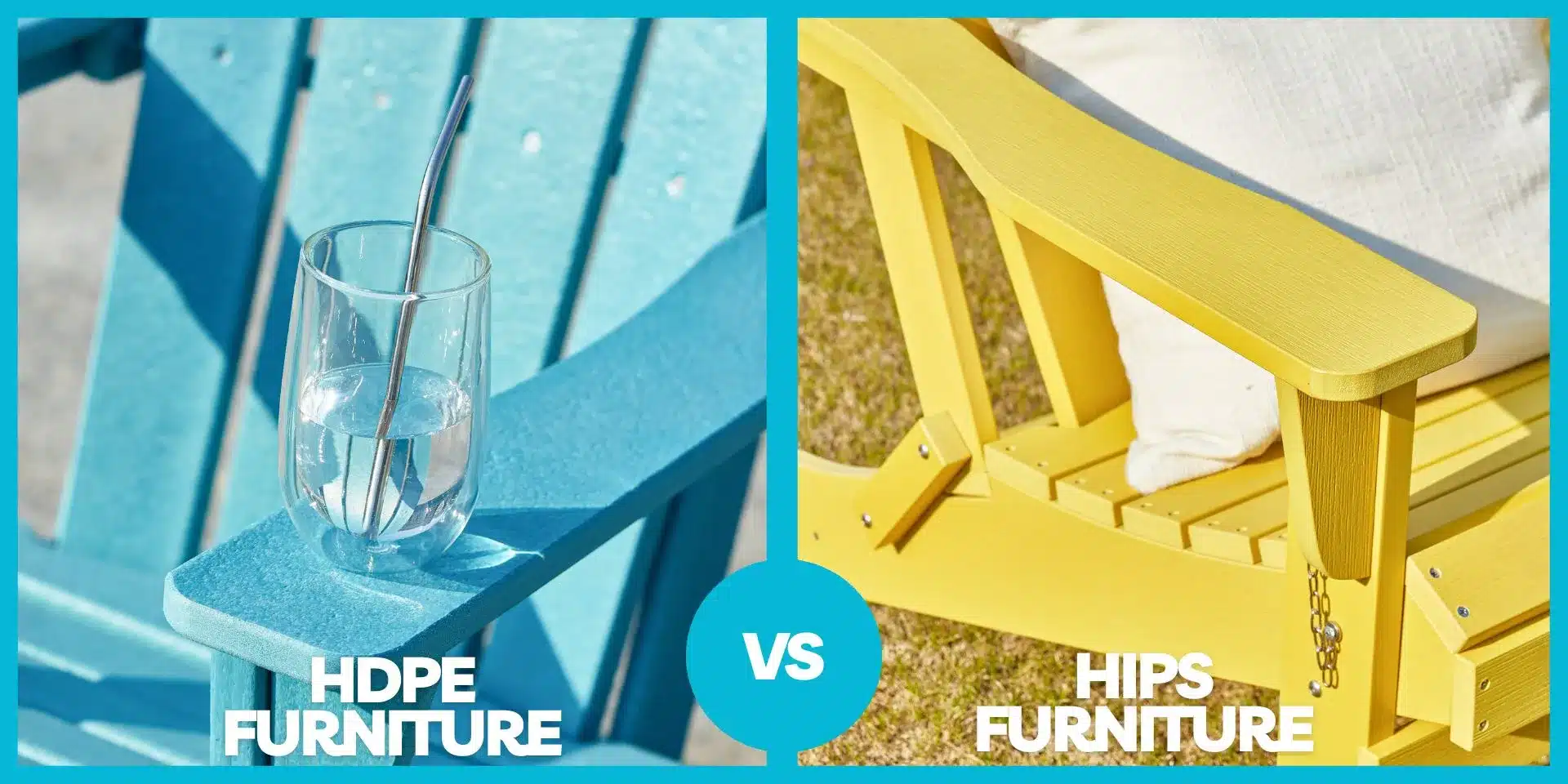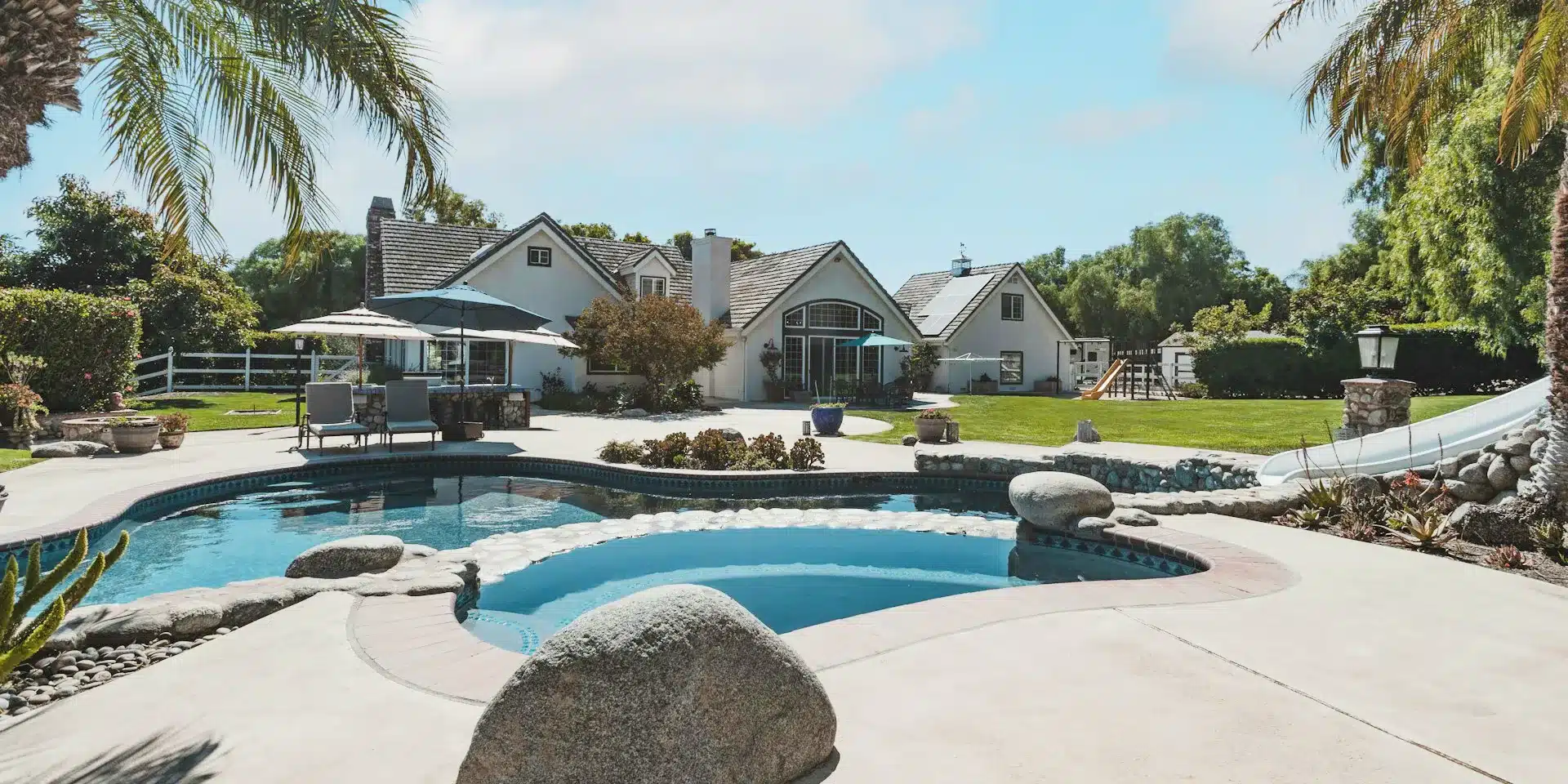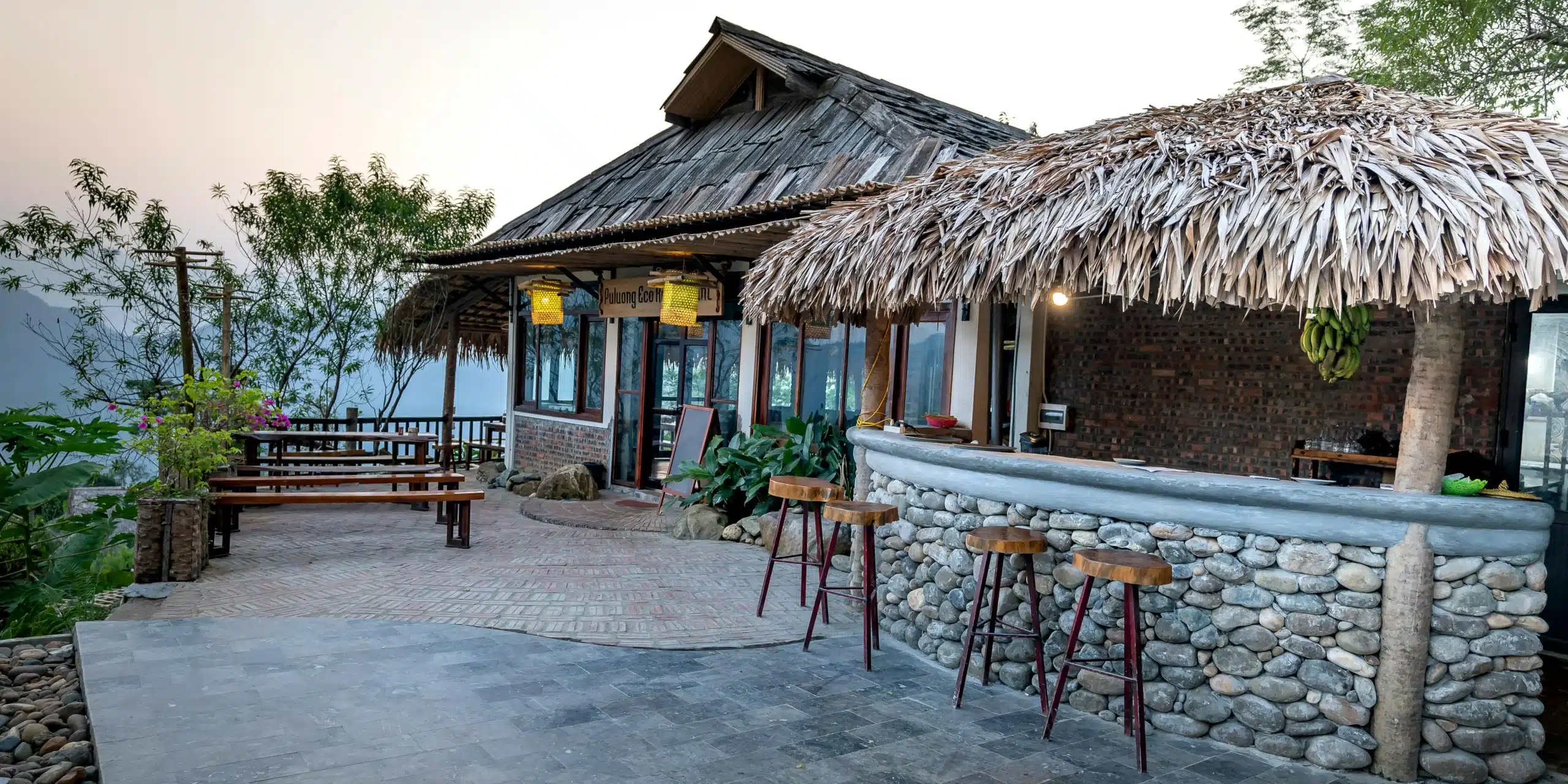HDPE (High Density Polyethylene) and HIPS (High Impact Polystyrene) are two composite plastics that are currently popular choices for outdoor furniture consumers due to their outstanding durability and low maintenance needs. So what are HDPE and HIPS materials? Hdpe vs Hips, What is the difference? We’ll delve into the properties of both materials to help you understand them more clearly.
1. What is HDPE?
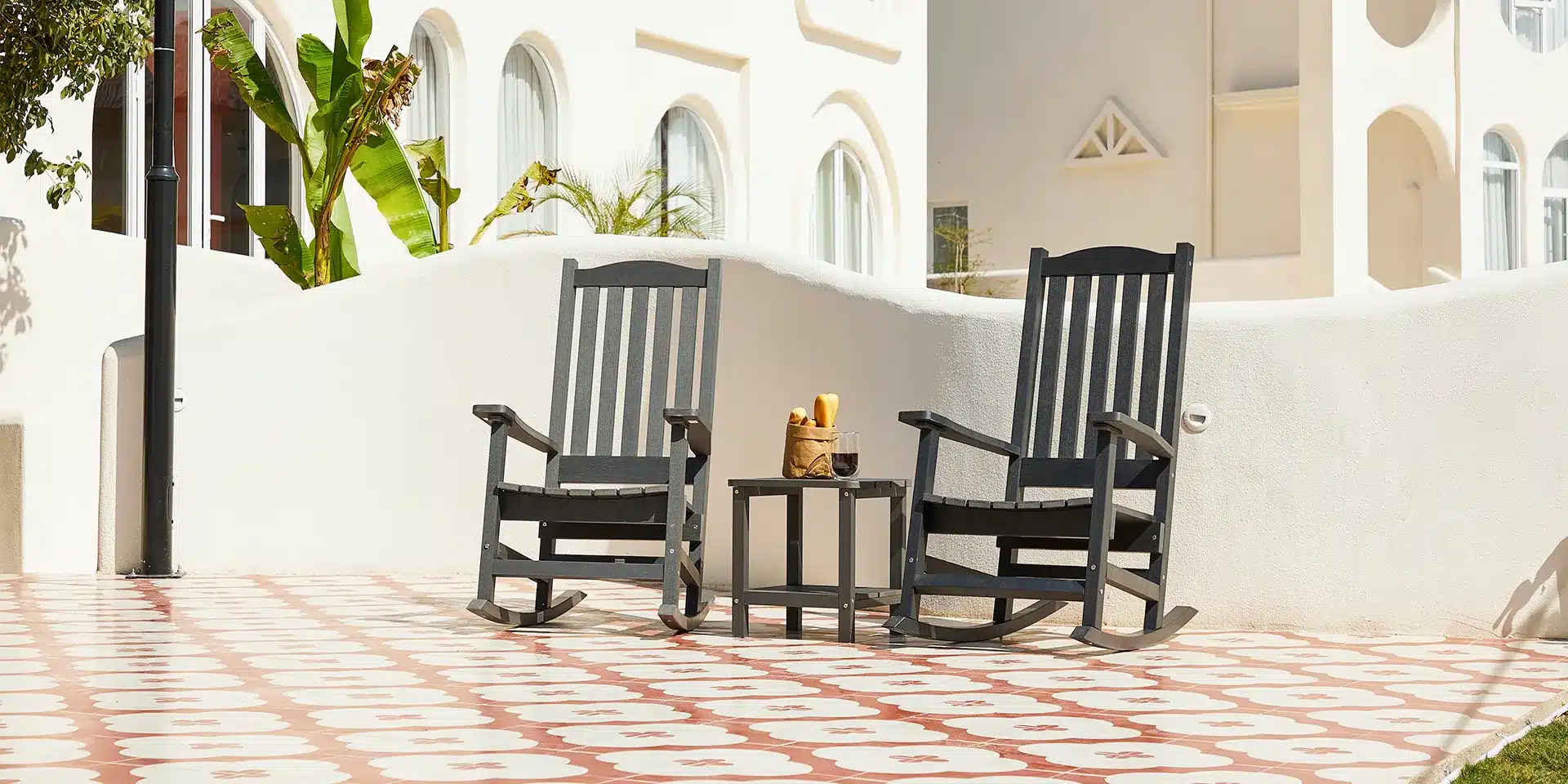
High density polyethylene (HDPE) is a thermoplastic polymer. As a result of its high strength-to-density ratio and excellent durability and corrosion resistance, it is widely used in everyday life and industry. Most milk jugs, shampoo bottles, pipes, and geomembranes are made from HDPE.
2. What is HIPS?
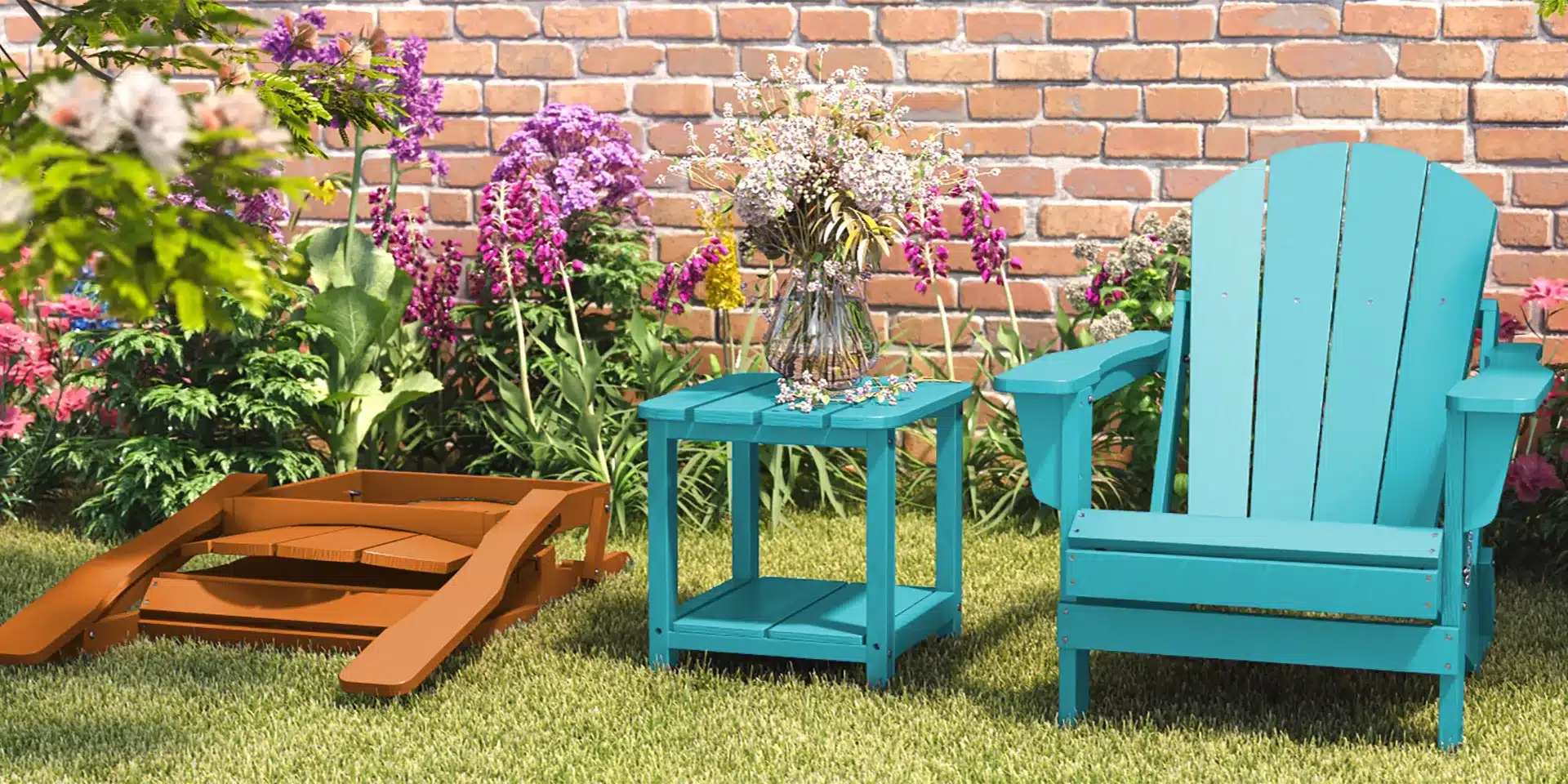
HIPS (High Impact Polystyrene) is also a versatile thermoplastic polymer with outstanding impact resistance, ease of processing, and good surface moldability. It is often used to manufacture toys, outdoor furniture, packaging materials and other products.
3. HIPS vs HDPE Outdoor Furniture
HDPE and HIPS each have their own characteristics in weather resistance, corrosion resistance and impact resistance, etc., you can choose the right outdoor furniture material for you through the following comparison.
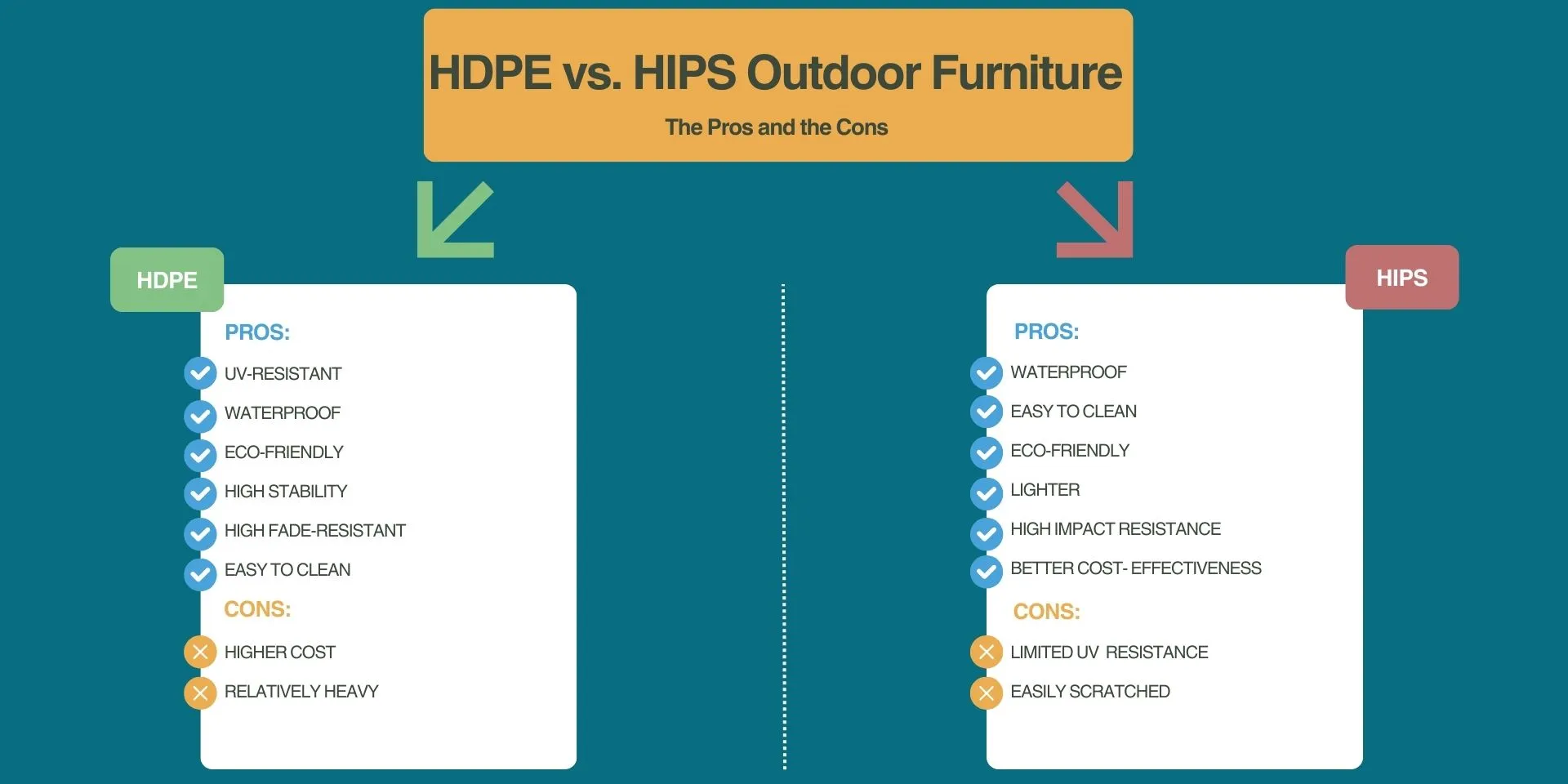
UV Resistance Comparison
Moisture Resistance Comparison
Temperature Tolerance Comparison
Impact Resistance Comparison
The HIPS material contains rubber, which deforms and absorbs some of the energy upon impact, reducing the risk of fracture due to stress concentration. Therefore, HIPS furniture has better impact resistance than HDPE furniture, and is more suitable for placing in outdoor areas where children or pets are active to minimize accidental injuries caused by impact.
Structural Strength Comparison
The density of HDPE is about 0.93-0.97 g/cm³ and the density of HIPS is about 1.04-1.06 g/cm³. Despite the higher density value of HIPS, HDPE, as a high-density polymer, has a more compact molecular chain structure. This enables furniture made of this material to stably withstand large static loads for long periods of time, demonstrating a high resistance to deformation. At the same time, HIPS furniture has good dynamic load- bearing capacity because of its excellent impact resistance, and performs well when subjected to sudden loads or rapidly changing loads.
Cost Comparison
Because of the complex production process of HDPE materials and the high cost of raw materials, outdoor furniture made of HDPE is usually more expensive. However, HIPS has a lower production cost, as well as great durability and quality, making it more cost-effective.
Final Thoughts
Whether you are looking for cost-effectiveness or high-end quality, understanding the characteristics of different materials will help you find more suitable outdoor furniture. HDPE and HIPS outdoor furniture each have their own advantages and are suitable for different needs. When purchasing, you can make a wiser choice based on the above content, considering factors such as the use environment and load-bearing requirements.
References:

